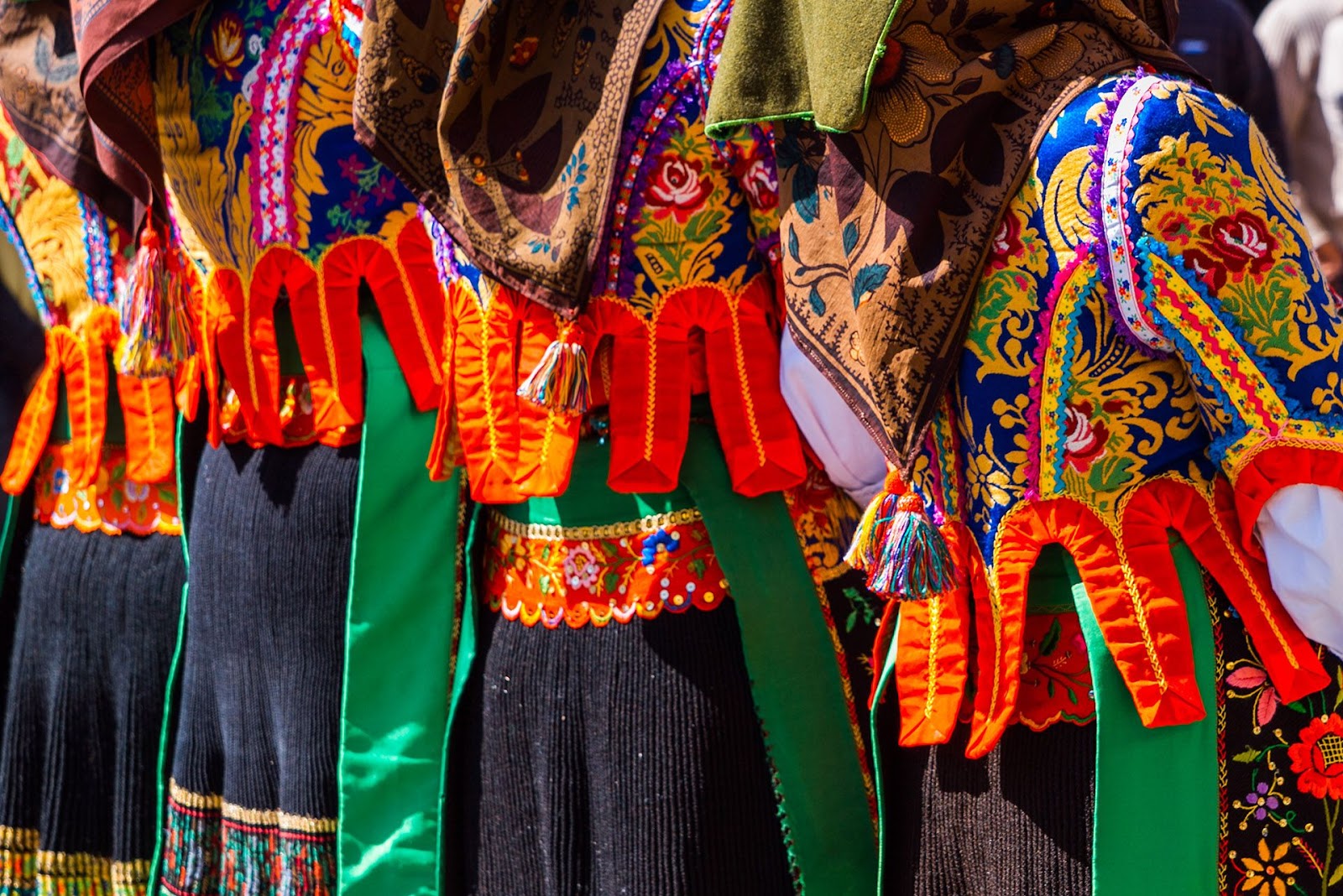Exploring Traditional Dresses Around the World
Traditional dresses encapsulate the legacy of skills, styles and materials unique to a culture. Beyond clothing, they symbolize lineage and identity connected to regional textile craft. Maintaining their continuity balanced with thoughtful evolution highlights respect both for inherited customs and future generations.
Introduction
Traditional attire refers to clothing originating in a specific country or region worn during important ceremonies or as daily wear historically. More than just garments, traditional dresses often carry deeper connotations about ceremonial roles or social status cues valued in the particular culture.
While traditional garb continues holding cultural importance for indigenous communities, globalization trends and switching functional preferences towards casual Western clothing jeopardizes the longevity of fabric arts passed down generations in favor of homogenized fast fashion.
Asian traditional dresses
Vibrant colors and elaborate drapes distinguish many Asian traditional dresses:
Sari
Draped delicately around the body, Indian saris come in cotton, silk and chiffon textiles intricately patterned in folk art spanning floral Chanderi weaves to Bandhani tie-dyes.
Hanbok
South Korea’s national dress featuring short, flowy blouses and billowing skirts traces lineage back centuries styled in fabrics like fine ramie or dense brocade.
Kimono
Modeling graceful minimalism, the iconic Japanese kimono wraps the body in a T-shaped silhouette boldly colored or delicately hand painted with symbolic nature motifs.
European traditional dresses
Many European traditional outfits prominently feature regional textiles and localized embroidery patterns:
Dirndl
This German alpine dress pairs decorated aprons with fitted bodices or blouses having puffy sleeves and full skirts to enable energetic folk dances.
Flamenco dress
Ruffled hems flare dramatically across laps for the expressive Spanish dance within snug bodices and swinging gathered skirts.
Kilt
In iconic plaid tartan patterns denoting Scottish clans, the knee-length kilt comprises yards of intimately handwoven wool folds custom fitted for freedom of movement.
African traditional dresses
African apparel celebrates vibrant wax prints and loose silhouettes accommodating movement:
Boubou
Common across West Africa, these voluminous flowing robes display personalized touches like embroidery and patchwork indicative of region and status.
Dashiki
Men don loose-fitting pullover tops adorned with symbolic West African iconography and fabrics ironed into ornate designs originating centuries ago.
Kanga
These East African wraps with Swahili proverbs bordering edges cozily shroud wearers while facilitating baby carrying close to the body.
Importance of preserving traditions
More than costumes, traditional dresses foster cultural continuity and community:
Cultural identity
Distinct regional textile arts, motifs and production techniques bind lineage connecting generations while signifying cultural narratives meaningful to locals.
Tourism
Iconic garments like flamenco dresses catch visitor fascination and boost cultural tourism economically supporting artisan communities when respectfully promoted.
Artistic inspiration
The diverse global range of textile arts underlying traditional dresses supplies continual inspiration for both emerging and established fashion designers.
Modernizing traditional fashion
Periodic incorporation of contemporary sensibilities ensures the longevity of traditional fashion:
Contemporary silhouettes
Brands like Indian designer Anita Dongre masterfully infuse modern fits while preserving heirloom Chikankari embroidery and heirloom weaves respectfully.
New fabrics and prints
To counter decreasing availability of silk and arduous natural dye harvests, Loincloth & Co. substitutes handspun organic cotton easing kilt production sustainably.
Conclusion
Traditional dresses distill generations of community craft preserving embedded cultural messages within their designs that run deep than surface aesthetics. With mindful design evolution sensitive to maintaining their heritage significance, the communal craftsmanship underlying global traditional clothing will continue kindling inspiration within both wearers and observers for years ahead.
FAQs
What fabrics are commonly used?
Natural fibers like cotton, linen, silk and wool transformed through labor-intensive regional techniques appear frequently for durability, beauty and symbolism.
Why do traditions change over time?
Practical factors like new technology, changing lifestyles and environmental conditions organically alter handmade processes passed down traditionally over generations.
What is the most colorful traditional dress?
Kimonos originally used natural indigo dyes but through chemical innovations display the most vibrant hues from coral pinks to seafoam greens.
Which traditional dress is most popular globally?
As the national dress of Scotland, kilts remain universally recognized for their distinctive plaid patterns.
How can tradition be balanced with modernization?
Through nuanced design upgrades and material substitutions that organically evolve historical styles rather than drastically overhauling them without context.







![What Does TD Mean in Shoes? [Must Read Before You BUY] 14 What Does TD Mean in Shoes](https://deeplores.com/wp-content/uploads/2023/07/What-Does-TD-Mean-in-Shoes-768x432.png)